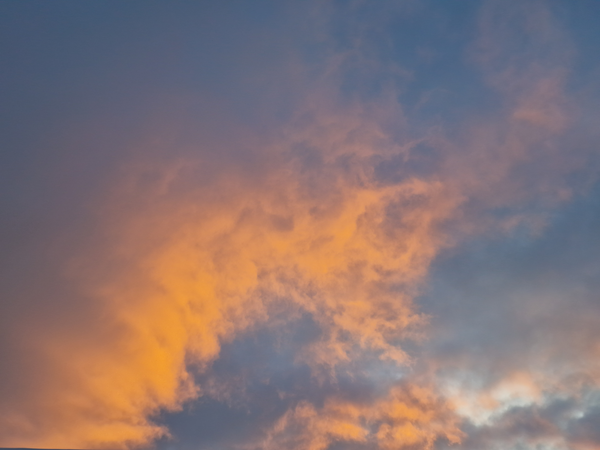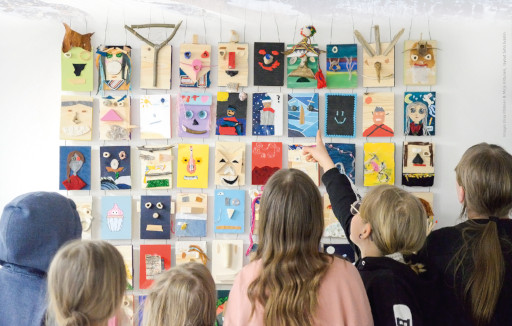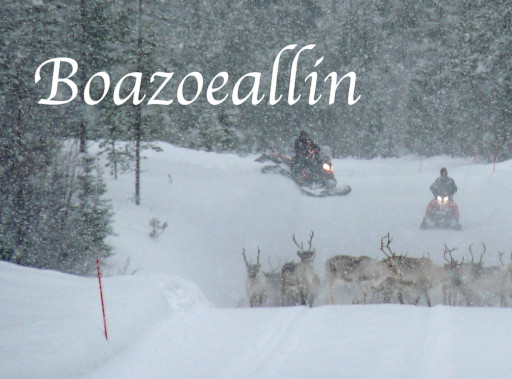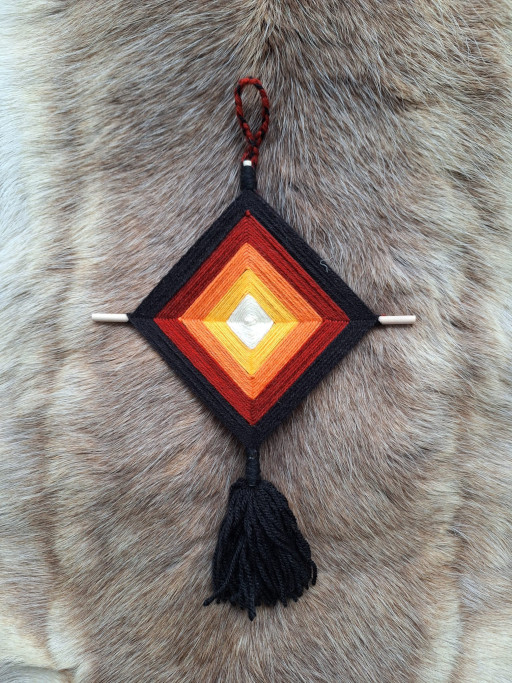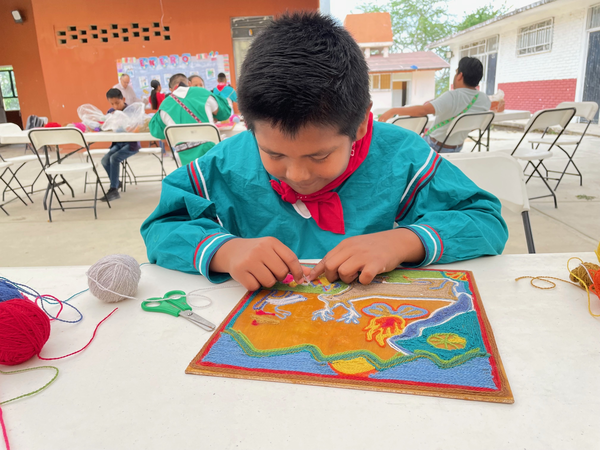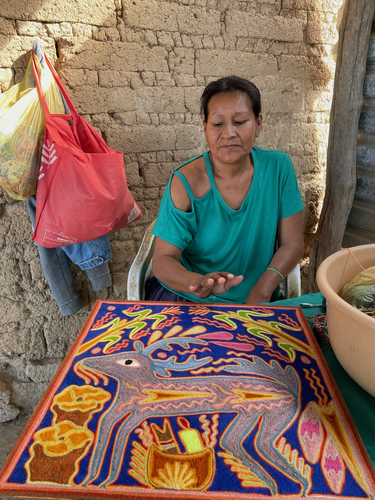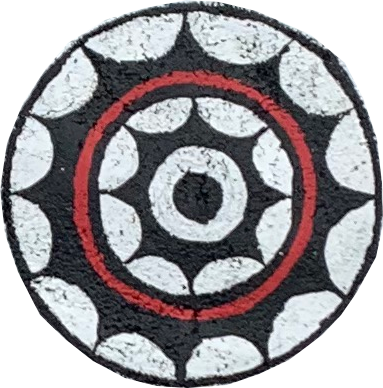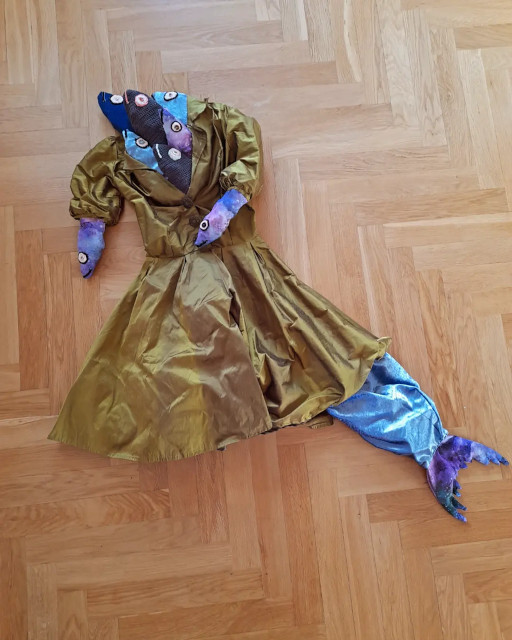 Web-sisällön esitys
Web-sisällön esitys
Kutsut
Arkisto
 Web-sisällön esitys
Web-sisällön esitys
RUUKKU journal front page will be moved to a new location during the end of the 2025. This site may be offline at times. The issue expositions can be reached from https://www.researchcatalogue.net/portals?portal=10
 Sisältöjulkaisija
Sisältöjulkaisija

NR 22
Alkuperäiskansaisuudet
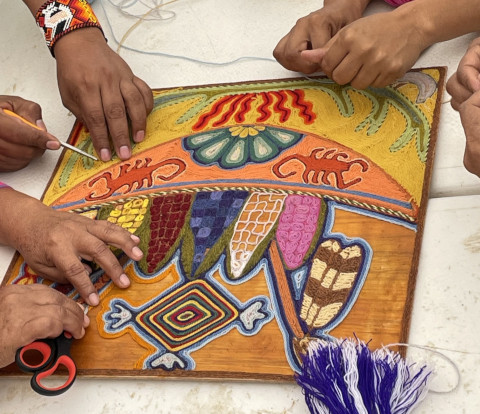
Moninaiset alkuperäiskansaisuudet, taidemaailmat ja hämmennykset
Tämä Ruukun numero on toimitettu osana Koneen säätiön rahoittamaa taiteellista tutkimusta ja alkuperäiskansatutkimusta yhdistävää hanketta Otetaan museo takaisin: yhteisömuseoiden avaaminen alkuperäiskansojen taiteelle (2021–2025). Kirjoituskutsussa kutsuimme kirjoittajia pohtimaan kanssamme kysymyksiä alkuperäiskansojen taiteesta sekä moninaisten taidemaailmojen rinnakkainelosta. Lue lisää »
 Sisältöjulkaisija
Sisältöjulkaisija
 Web-sisällön esitys
Web-sisällön esitys
Puheenvuoroja
Outi Laiti
12.6.2025
DIGITAL NATIVES? SAAMI GAMES NOW! - Exhibition Highlights Indigenous Voices in Game Development Linkki»
 Web-sisällön esitys
Web-sisällön esitys
Ajankohtaista

